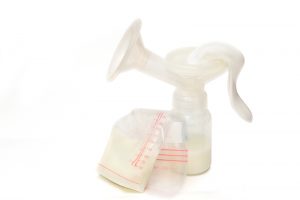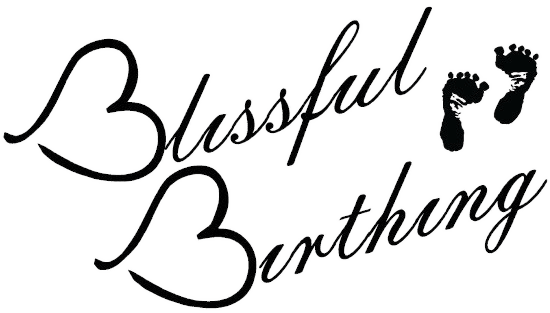 rIf you’re an exclusively pumping or working mom you likely have a love/hate relationship with you breast pump. There will come a time that will likely be met with a mix of emotions and questions. Regardless of your reason for ditching the pump, remember that no matter how long you provided your baby with breast milk, you did an awesome job! Can you stop pumping without getting a clogged duct or mastitis? Yes! This is absolutely possible by taking the right steps.
rIf you’re an exclusively pumping or working mom you likely have a love/hate relationship with you breast pump. There will come a time that will likely be met with a mix of emotions and questions. Regardless of your reason for ditching the pump, remember that no matter how long you provided your baby with breast milk, you did an awesome job! Can you stop pumping without getting a clogged duct or mastitis? Yes! This is absolutely possible by taking the right steps.
How to Stop Pumping
As with most other aspects of parenting, the decision to stop pumping is not (always) an easy one. Once you’ve decided to stop pumping you want the transition to be as smooth as possible. Bear in mind that this is not something that should be done overnight. Gradual changes (generally over 1-3 weeks) allow your body to adjust to its new normal with as few complications as possible. We will discuss two methods to help you stop pumping and, depending on your schedule and personality, one will likely resonate with you over the other. Both are acceptable and effective ways to ditch the pump.
Two Methods
For argument’s sake, let’s say you pump three times during the day – 10am, 2pm, and 6pm – for 15 minutes each. There are two ways you can stop pumping, the first is by decreasing the amount of time you pump at each session and the second is to only pump when you’re full. The first method may incorporate some of the second as you progress.
- Method 1 – We will start by decreasing the amount of time you pump at each session until you are only pumping to relieve pressure, and then not at all. So you will start the process of ditching your pump by pumping for only 13 minutes at each of these sessions, maintaining this for 2-3 days. This gives your body time to adjust your milk supply in respond to the demand decrease. You will then cut back to 10-11 minutes (depending on how much milk you’re making and how you’re feeling after pumping). You do not want to completely drain your breast, but you don’t want to be too full after pumping (because that’s when problems can arise).
- Continue with this pattern of cutting back 2-3 minutes a session every 2-3 days until you are down to 5 or so minutes of pumping. At this point you will no longer follow the 10-2-6 pumping schedule and will just pump when you’re feeling uncomfortable and only enough to relieve pressure.
- Method 2 – This method is less structured than Method 1. You will only pump when you are starting to feel engorged and only to the point of relieving pressure. Expressing milk beyond this point sends a message to your body that you need that additional supply. Eventually your body will decrease your milk supply in response to the decreased demand for milk (through pumping).
What Can I Take to Decrease My Milk Supply?
I will only be discussing non medicinal methods for decreasing milk supply. My top 2 methods are:
- Cabbage Leaves – Washed, chilled cabbage leaves can be used to reduce pain from engorgement. Replacing them every 2 hours or so can help decrease milk production.
- Peppermint – Whether in the form of Altoids, mint leaves, or essential oils, peppermint has a reputation for drying up breast milk supplies.
What if I’m Nursing and I Want to Wean?
The same principles apply to weaning when your baby is feeding from your breast. You will want to increase the amount of time between nursing sessions and/or shorten the amount of time you nurse your baby. Obviously your baby will need to eat the same amount (and he will want to stay on the same eating schedule), so you will have to supplement nursing with either a bottle of expressed milk, formula, or another milk (depending on the age of your baby when you’re weaning).
If you are weaning to formula, the general guideline is half of the baby’s weight in ounces every 3-4 hours. So a 10 pound baby would need roughly 5oz of formula every 3-4 hours. I will link a blog on how to properly prepare formula below.
Blissful Birthing’s breastfeeding support can help you work towards your goal of weaning, as well. Information on breastfeeding support can be found here.


Comments 2
Pingback: Tips for Building a Breast Milk Stash | Lactation Support
Pingback: Is My Baby Is Getting Enough: Nursing Tips for Planners